
Senior physics writer Emily Conover joined Science News in 2016. She has a Ph.D. in physics from the University of Chicago, where she studied the weird ways of neutrinos, tiny elementary particles that can zip straight through the Earth. She got her first taste of science writing as a AAAS Mass Media Fellow for the Milwaukee Journal Sentinel. She has previously written for Science Magazine and the American Physical Society. She is a two-time winner of the D.C. Science Writers’ Association Newsbrief award, and a winner of the Acoustical Society of America’s Science Communication Award.

Trustworthy journalism comes at a price.
Scientists and journalists share a core belief in questioning, observing and verifying to reach the truth. Science News reports on crucial research and discovery across science disciplines. We need your financial support to make it happen – every contribution makes a difference.
All Stories by Emily Conover
-
 Physics
PhysicsIn her short life, mathematician Emmy Noether changed the face of physics
A century after she published a groundbreaking mathematical theory, Emmy Noether gets her due.
-
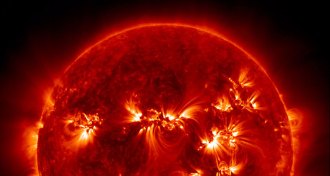 Astronomy
AstronomyThe sun shrinks a teensy bit when it’s feeling active
The radius of the sun gets slightly smaller during periods of high solar activity, researchers say.
-
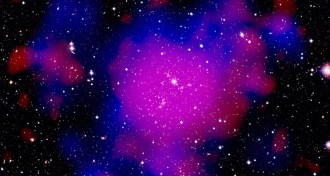 Particle Physics
Particle PhysicsIf real, dark fusion could help demystify this physics puzzle
Fusing dark matter particles might explain why galaxy cores have evenly distributed dark matter.
-
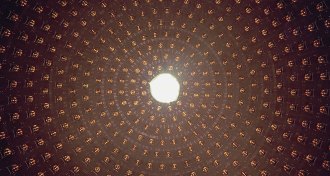 Particle Physics
Particle PhysicsMysterious neutrino surplus hints at the existence of new particles
Neutrinos show up in greater numbers than expected in an experiment, possibly bolstering the idea of a fourth type of the particle.
-
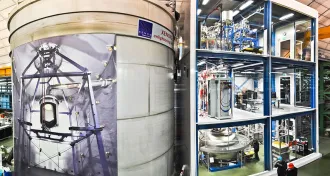 Particle Physics
Particle PhysicsDark matter particles elude scientists in the biggest search of its kind
The XENON1T experiment saw no signs of hypothetical dark matter particles called WIMPs.
-
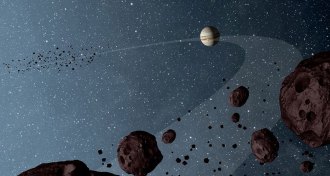 Astronomy
AstronomyMaverick asteroid might be an immigrant from outside the solar system
A space rock’s backward orbit could be a hint of unusual origins.
-
 Particle Physics
Particle PhysicsThe inside of a proton endures more pressure than anything else we’ve seen
For the first time, scientists used experimental data to estimate the pressure inside a proton.
-
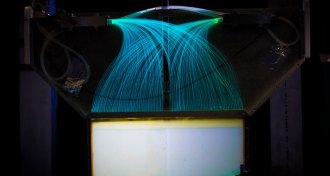 Physics
PhysicsDespite a new measurement, the neutron’s lifetime is still puzzling
Two techniques for gauging the subatomic particle’s longevity disagree.
-
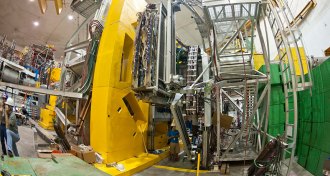 Particle Physics
Particle PhysicsThe proton’s weak side is just as feeble as physicists thought
Scientists make the most precise measurement yet of the proton’s weak charge and find it agrees with predictions.
-
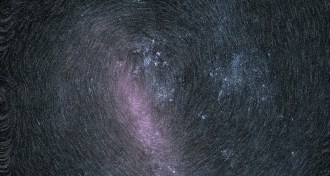 Astronomy
AstronomyGaia delivers a trove of data revealing secrets of the Milky Way
Astronomers are already using Gaia’s new information to estimate the galaxy’s mass, the diameter of exoplanets and more.
-
 Math
MathReal numbers don’t cut it in the real world, this physicist argues
Physicist Nicolas Gisin argues that real numbers don’t properly represent the natural world, which is a good thing for free will.
-
 Physics
Physics‘Time crystals’ created in two new types of materials
A state of matter that repeats itself in time, not space, was found in certain liquids and a solid.